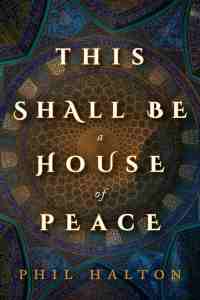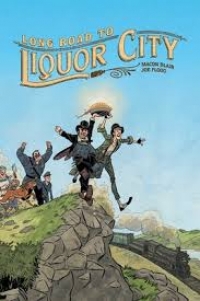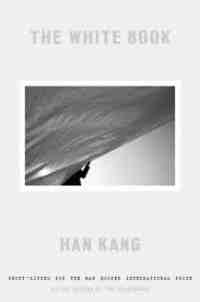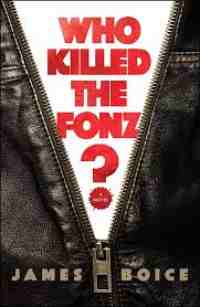
Published by Dundurn on February 5, 2019
This Shall Be a House of Peace is a remarkable novel that imagines the birth of the Taliban as a social movement in Afghanistan. Over a relatively short span of time, the novel chronicles the transformation of a Mullah from a simple man who teaches the Quran to children in a madrassa to a warrior who makes it his mission to bring peace and justice to Afghanistan, a country where authority “stemmed from the barrel of a gun.” The Mullah is determined to make Afghanistan “a land under Islam, and a house of peace.” To create a house of peace, he paradoxically declares a violent war against all men who fail to “submit the will of God” as the Mullah interprets that will.
The novel takes place shortly after the withdrawal of Soviet forces from Afghanistan. The Mullah fought against the Soviets as a mujahid. Now he lives a quiet life, feeding and sheltering orphans in a madrassa while teaching them the word of Allah. The houses near the madrassa have been abandoned and the few villagers who live nearby are plagued by bandits. The Mullah initially protects his students and then is asked to protect the village. As a spiritual leader, he provided guidance and recruits men with practical skills that will allow the village to grow and flourish. But as word of his success spreads, the Mullah, his madrassa, and the village become the target of wealthy criminals (the modern version of warlords) who do not appreciate the Mullah’s efforts to resist their “road tolls” and other forms of thievery.
The Mullah confronts difficult choices: should he ally himself with criminals to protect his followers from bandits or is the loss of righteousness too heavy a price to pay in exchange for peace? The novel suggests that Afghanis who are educated or pious are also detached from the real world, in that prayers and education and righteous living do not change the behavior of warlords and bandits. Setting an example does not prevent chaos and mayhem. So should the righteous man take up arms to improve his part of the world, or is it best “to be content and solid in one’s place”? That is the moral conflict that drives the plot.
The plot, by the way, is excellent. While the novel is important because of the light it sheds on the motivations that might have given birth to the Taliban and similar movements, This Shall Be a House of Peace tells a riveting story. The characters, ranging from the Mullah’s students to members of a nomadic tribe, from frightened villagers to duplicitous landowners, give the Mullah a surrounding cast that readers can alternately cheer and despise.
The atmosphere, including tribal customs and perceptions of how life should be lived, is impressively detailed without ever becoming pedantic. Cultural events, such as camel fights and a jirga (sort of a town hall meeting), are fascinating. The novel explores local politics (as in every culture, a struggle for power) and the stupidity that leads to disputes (their sheep are drinking our river water; they cast an evil eye on our daughters). In every society, it seems, there are men who are only happy when they are shouting at each other.
The story works on a number of levels, combining aspects of a thriller with historical fiction while providing a detailed anthropological examination of life in Afghanistan. The simplicity and quick pace of the narrative mask the story’s complexity, making it the kind of book that merits a second reading.
There are too many takeaways from This Shall Be a House of Peace to discuss in detail, and in the novel’s richness, each reader is likely to find something that others will miss. The novel illustrates the ease with which adherents to a religion can interpret religious teachings in whatever way seems most convenient. The Mullah believes in peace and justice within the parameters of “the will of God,” but anyone who rejects the teachings of Islam, as the Mullah understands them, has rejected the will of God and forfeited the opportunity to be treated with mercy. The notion that “all men are brothers” quickly becomes “all men of whom we approve are brothers.” When another Muslim rejects violence and says, “My faith is telling me something different from yours, perhaps,” he encapsulates the tension between believers who interpret the same text in fundamentally different ways. One lesson I derived from the novel is that people who believe they can discern and carry out “the will of God” based on an ancient text should be more humble about their ability to know the unknowable.
At the same time, the Mullah’s cause often seems just, given that his enemies are bandits and warlords who use violence to extort what little wealth others might have, men who rape young girls under the guise of marrying them before casting them aside. What the Mullah views as religious justice, others might see as freeing a people from their oppressors. Yet the Mullah approves of forced marriage of young girls, approves of oppressive rules that require women to cover themselves in a challah from head to toe, approves of destroying the shop of a man who sells Bollywood DVDs, and approves of an “eye for an eye” philosophy that is tempered by the quaint notion that payment of a negotiated “blood price,” if accepted by the victim’s family, will allow a murderer to avoid punishment. What seems like a fundamentalist reading of the Quran to some will be regarded as a warped and antiquated view of Islam by others — just as competing interpretations of religious texts produce clashes within every religion.
A reader might admire the Mullah’s dedication to ridding his country of evil, if not for the knowledge of the evil that the Taliban later visited upon innocent people who do not share their understanding of the will of God. A reader is much more likely to admire Phil Halton for crafting a novel that so carefully imagines how the lawless conditions in Afghanistan and longstanding suffering of its people could spark the rise to power of religious leaders who support violence against the people they define as infidels. By casting the Mullah in sympathetic albeit realistic terms, Halton offers insight into the old adage that one person’s terrorist is another person’s freedom fighter by illustrating how violence might be viewed as justifiable in a society where ordinary people are motivated to fight against the violence that oppresses them daily. Shaking up one’s understanding of the world is what good literature should do, and This Shall Be a House of Peace does that in memorable ways.
HIGHLY RECOMMENDED
 Sunday, February 24, 2019 at 6:03AM
Sunday, February 24, 2019 at 6:03AM 



